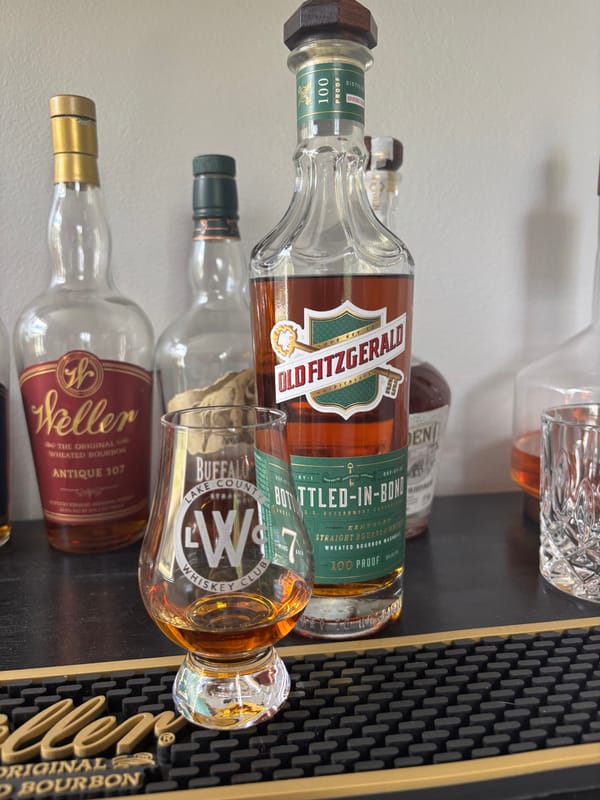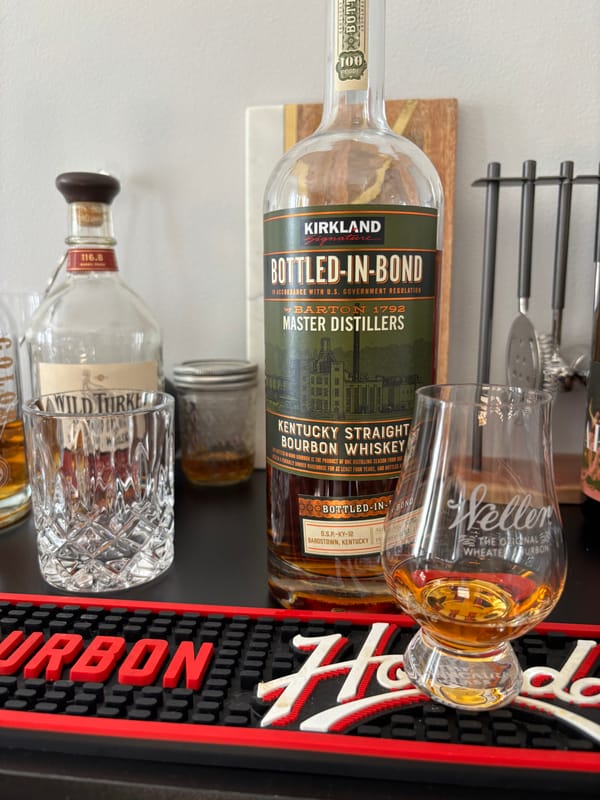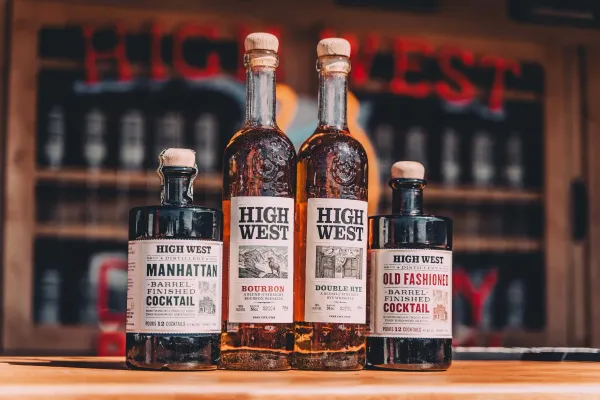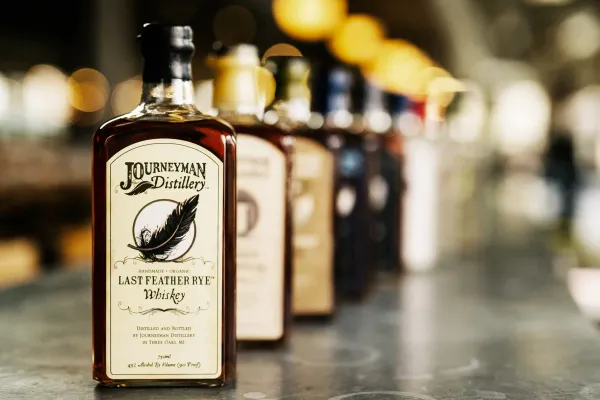Yeast Strain Secrets: The Tiny Twist You’ll Wish You’d Tasted Sooner

Yeast Strains: The Whiskey Spark You Can’t Miss
Yeast isn’t just whiskey’s starter—it’s a flavor whisperer, and if you don’t know its role, you’re missing a hidden spark. It’s science, not magic. Here’s the pure truth about yeast strains in whiskey, from process to pour, and why it’s your 2025 must-catch.
What Role Do Yeast Strains Play?
U.S. law defines whiskey—51% grain minimum, 160 proof max distillation, 125 proof max barreling, 80 proof minimum bottling, new charred oak aging—but yeast’s the unsung hero. It ferments the mash, turning sugars into alcohol and flavor compounds. Every strain’s unique—no law picks it, makers do.
How Yeast Strains Work in Whiskey
Mash—51% corn, rye, or wheat—hits 8-10% ABV over three to five days as the yeast eats sugars at 75-90°F, producing alcohol and esters—chemicals that hint at fruit, spice, or sweetness. Distillation to 160 proof max keeps these alive, barreling at 125 proof and aging two years or more in oak—yeast’s mark rides along.
What Yeast Strains Add to Your Sip
One strain might spark apple or banana notes over corn’s sweetness—another pushes clove or pepper with rye. Every whiskey’s base—grain and oak—gets a twist—subtle, but they're—shaping its vibe. It’s biology’s gift—every pour carries yeast’s quiet signature.
Why Yeast Strains Matter in 2025
Yeast strains are whiskey’s secret sauce—by 2025, spotting their touch could deepen your sip’s story, from fruity to fierce. It’s the truth in every bubble—don’t miss its whisper. Want to taste yeast’s twist? Check out NEAT: Whiskey Finder—it’ll help you track down bourbon and whiskey near you.





